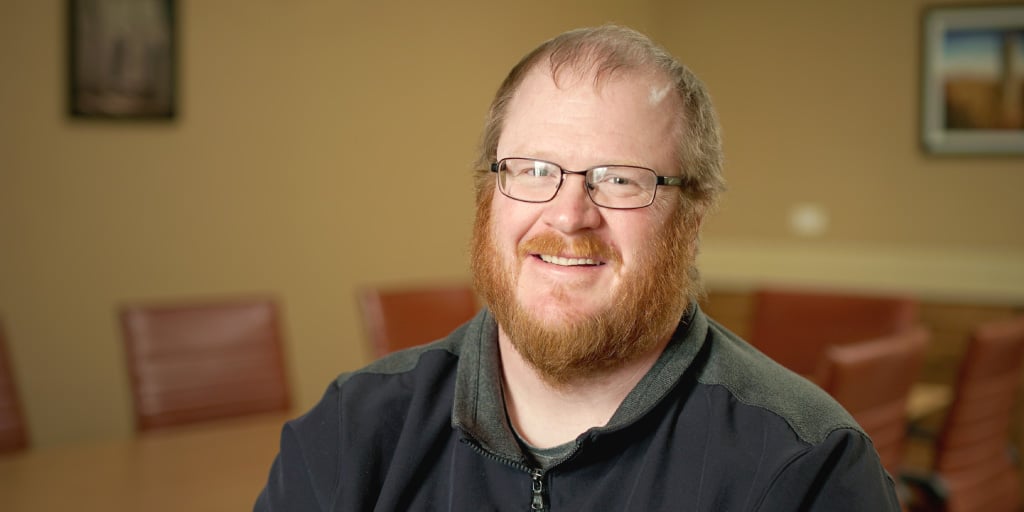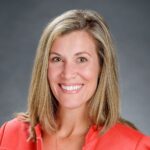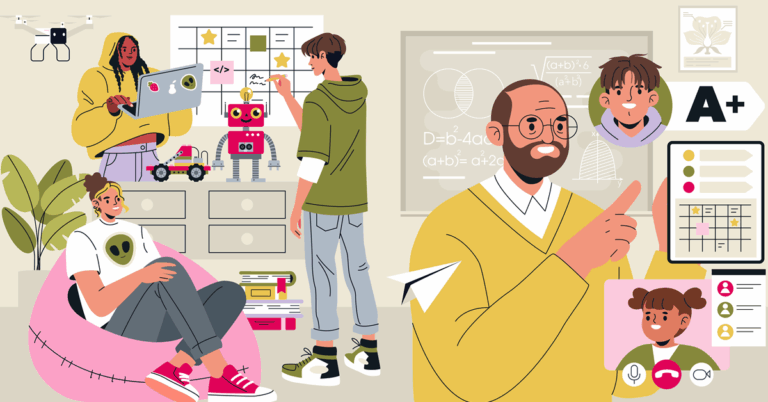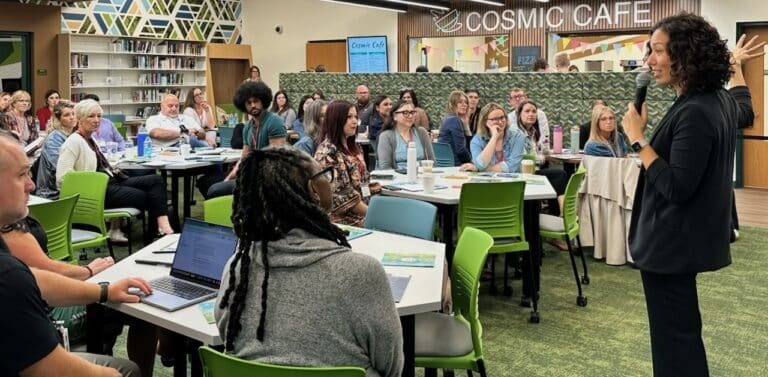When Nolen Peterson was invited to join his district’s design team to explore personalized learning, he said yes, but he was skeptical.

“I’ve been teaching long enough to know that some things are fads, and some things stick,” said Peterson, a middle school social studies teacher in Oakes, North Dakota. “At first, I didn’t see the point. I thought ‘we were already doing this.’”
Initially, he feared that the district’s shift toward more student-centered practices might add unnecessary complexity for teachers. But in just a few months, Peterson began to see the bigger picture emerge.
Reframing what learning can look like
Personalized learning is grounded in the belief that all students can learn and should be challenged to take ownership of that learning. At its best, it equips learners with the academic knowledge and the social-emotional skills they need to thrive in an ever-changing world.
A turning point for Peterson came during a professional development series he attended with colleagues.
“I had this moment where I thought: Wow, this actually has so many real-life applications,” he said. What initially felt theoretical suddenly clicked as relevant, both for students and the broader school community.
Preparing students for life, not just tests
“What do we want for our kids?” Peterson reflected. “Do we want them to make hard decisions? […] To know they can’t always please everyone. With personalized, competency-based learning, we’re really teaching decision-making.”
He sees personalized learning not just as a strategy, but as a way to foster essential life skills in subjects like social studies, where critical thinking and civic reasoning are central.
“Just like any subject, there’s not always a right answer,” said Peterson. “But you’re teaching students to be prepared for a real-world situation, a family situation, a financial situation. You’ve got to make a decision and create your own path. Sometimes it’s right, sometimes it’s wrong, but you learn from it and you’re better for it.”
Learning together, moving forward together
Peterson is still learning, too. He benefits from regular design team convenings and from shifts in how professional development is being delivered in the district. Anna Sell, the elementary principal in Oakes is also a member of the district’s design team. She said it was important to create a sense of shared ownership among staff.
“We wanted the teachers that were with us [on the design team] not to just be the keepers of the knowledge, but the spreaders of the knowledge,” said Sell.
Design team members facilitated short professional learning sessions with their peers, covering topics like learner agency and student engagement. As an administrator, Sell made a point to learn alongside her staff. “It was a different look at professional development when I was in the audience, getting to learn from them. I’m just a learner. We’re going forward as a group.”
Sell, like Peterson, recognized that the early stages of shifting toward personalized, competency-based learning required patience and openness.
“When we started this, we just wanted to know ‘what does this look like?’ […] We just wanted to get to the end,” said Sell. “But KnowledgeWorks has walked us through this slowly. Let’s get this base, let’s get our culture, let’s get the mindsets. I can see now how that’s very valuable because now that we’ve got those in place, we know where we want to go and why we want to go there.”





